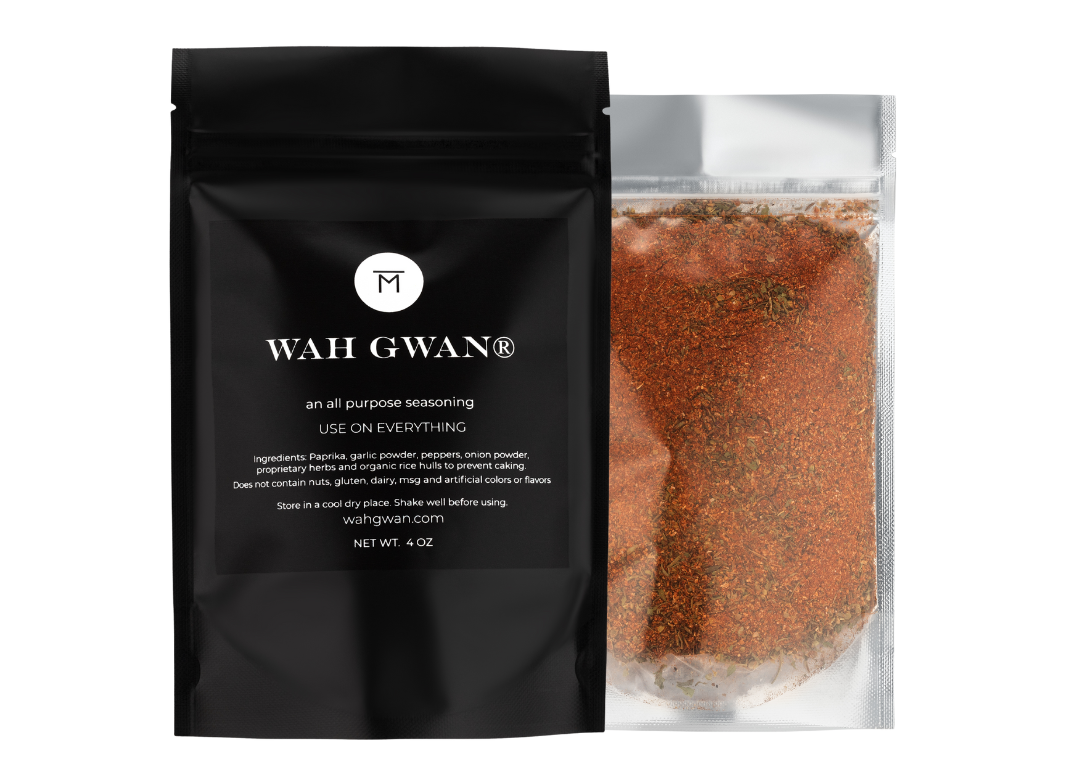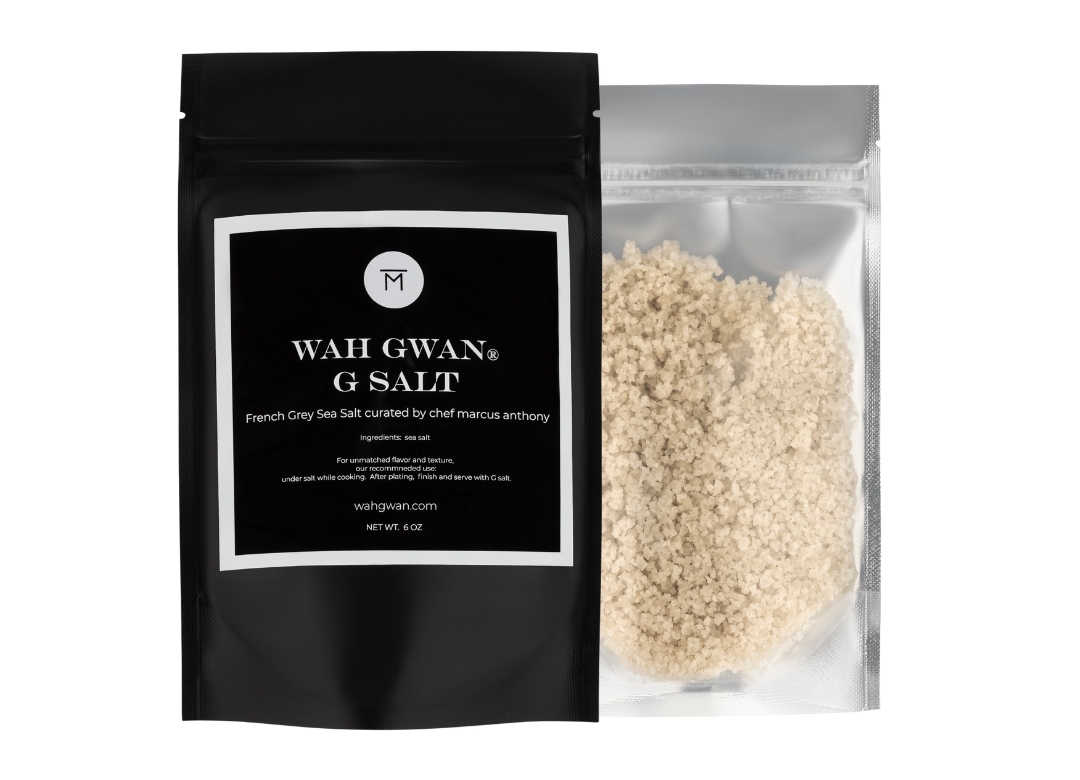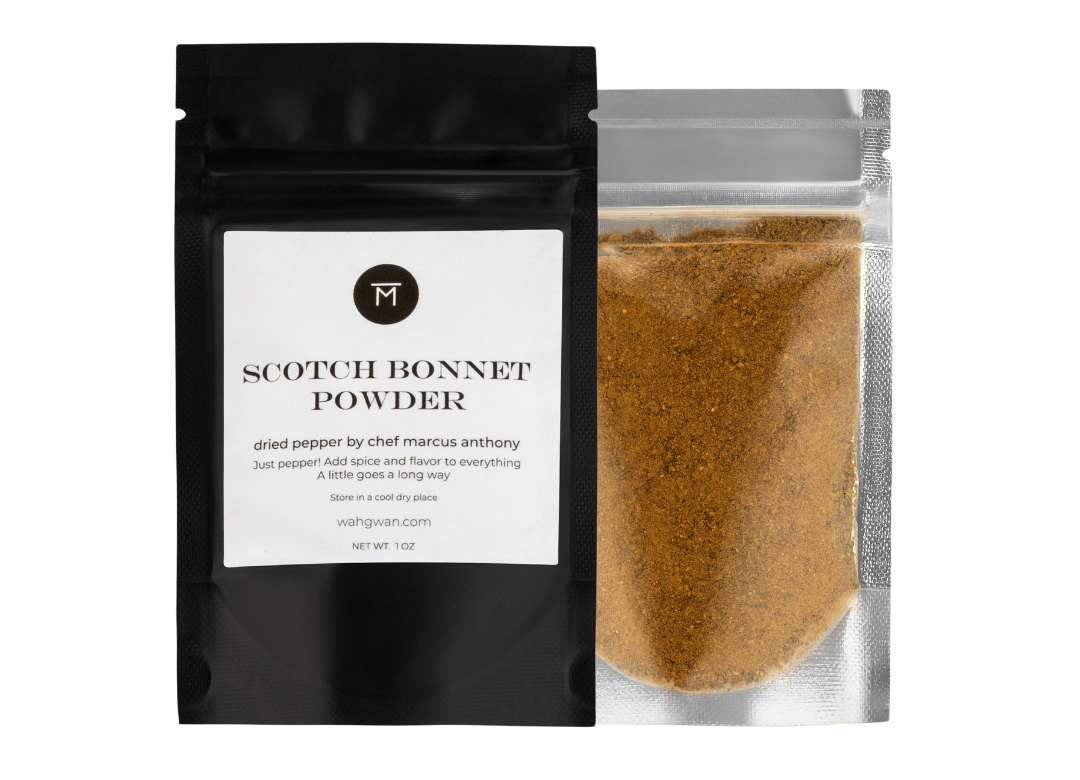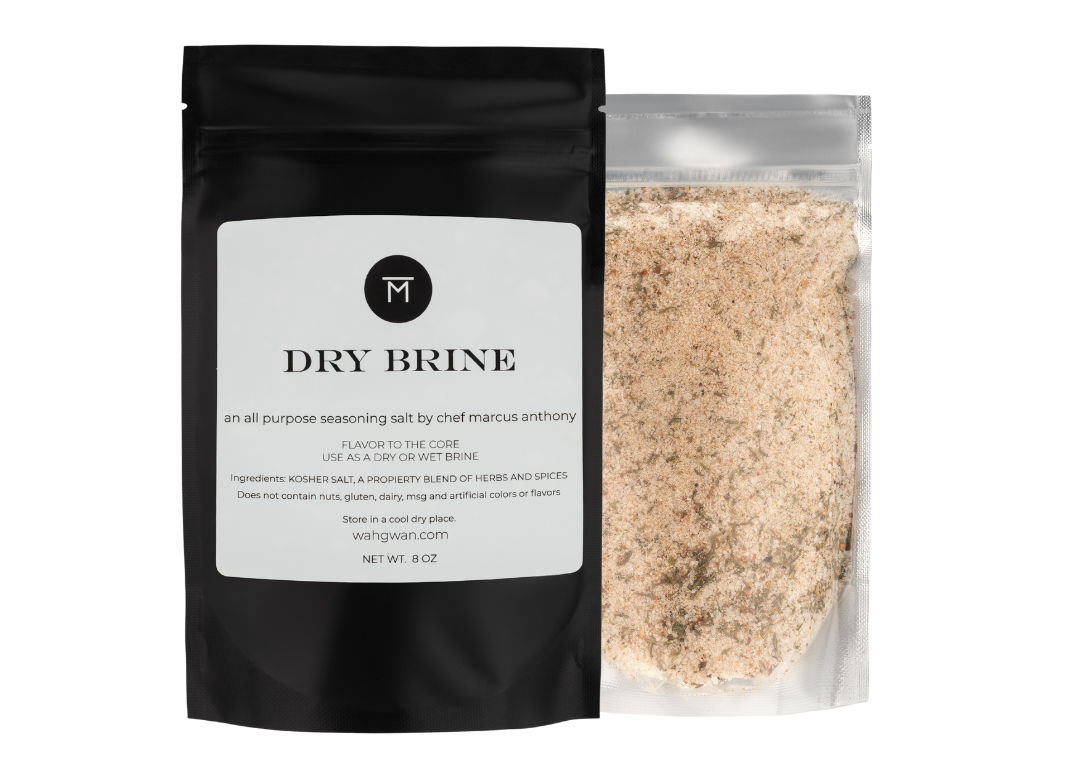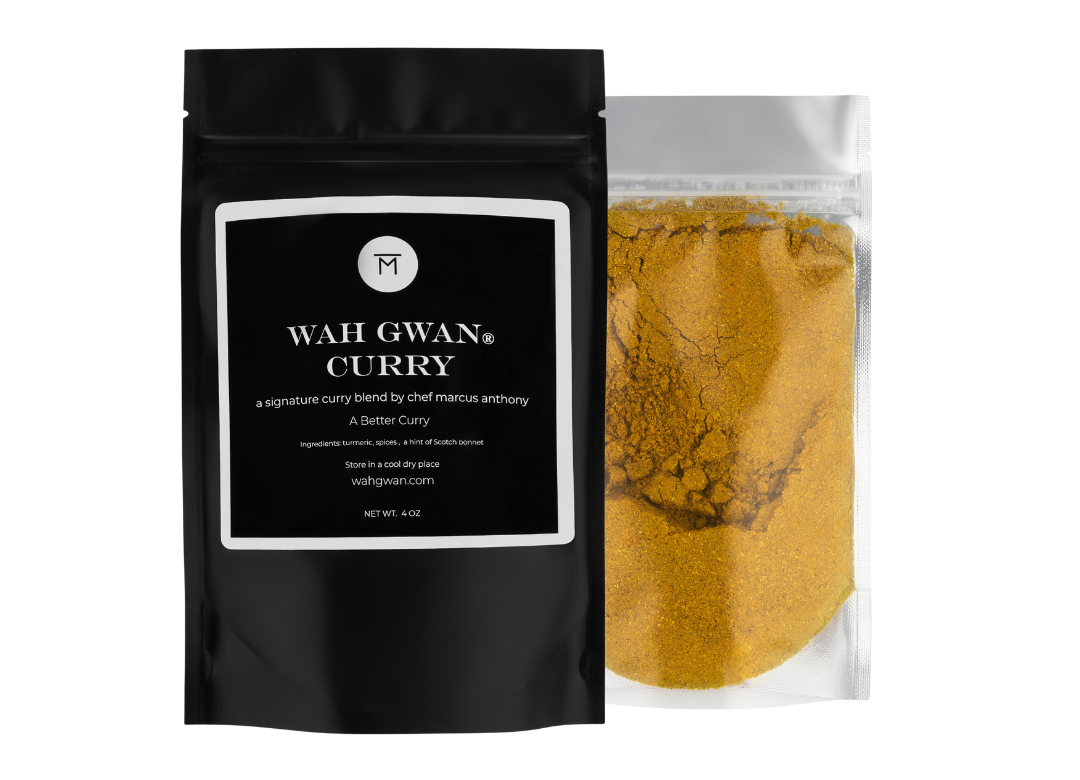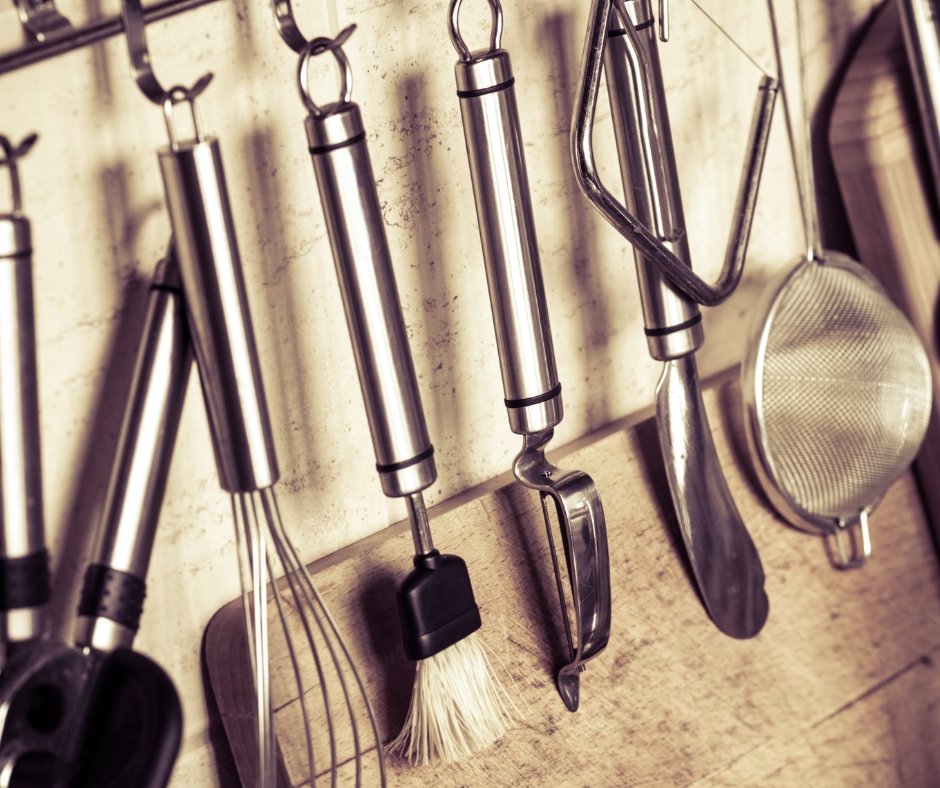You may be surprised to know that radishes are incredibly good for you and actually considered a superfood. For this reason I am a huge proponent of incorporating them into the diet. The question I get a lot, especially in the summer, when they are abundant, is HOW?
I am going to break down a few types of radishes, the do’s and dont’s and some inspiring ideas of how to start getting these radishes on your plate. Let’s be honest, visually they turn any dish into a masterpiece.
First let me start by explaining why they are a superfood and why these little spicy root vegetables could actually save your life.
HEALTH BENEFITS
HYDRATION: Radishes support hydration both inside and out. They are incredible for your skin as they hydrate while adding vitamin C, Zinc and phosphorus which can battle dry skin, acne and treat rashes. Hydration both inside and out is achieved by hydrating your cells. Research has shown that vegetables like radishes can support overall hydration over water as the cells are able to absorb the hydration easier and it stays in your system longer. By no means am I saying stop drinking water, rather incorporate more raw vegetables into your diet and radishes are an excellent place to start. Finally, radishes support the generation of collagen!
DIGESTION: Not only are radishes high in fiber they regulate bile production which is key in supporting your liver and gall bladder. I am of the school of thought that a fiber isn’t a fiber just like all calories are not created equal. You have to take into account the holistic affect of what you are consuming. Radishes deliver fiber in a way that your digestive system can easily break it down, allowing for the benefits of fiber to do its work easily. Finally the radish helps to balance acidity and other gastric problems which helps in turn with weight loss.
ANTIFUNGAL: To piggyback on the digestive support radishes also fill a second digestive role which is managing fungus that wreak havoc on the gut and ultimately the whole body. Candida albicans are fungus that grow out of control if not kept at bay by a healthy microbiome. Meaning if the digestive system does not have the right balance of healthy bacteria this creates room for candida to take over and settle in causing numerous issues. Whether or not you feel you suffer from candida, holistic preventative measures are always a good decision. Once candida has a chance to take root it is very hard to get rid of.
BLOOD, BLOOD, BLOOD: We sometimes underestimate the work our blood is doing every second of every day until something potentially goes wrong. This is another area of prevention that I tout as it is truly your life force! Radishes are key players in supporting oxygen delivery to the blood. Why is this important? This helps to keeps red blood cells healthy by reducing risk of jaundice supporting and detoxifying the liver. They also control blood pressure due to being packed with potassium.
VITAMINS: This laundry list of vitamins are unmatched. Supporting our immunity is the vitamin C. In fact a half cup of radishes has almost 15% of our daily intake. Followed up with Vitamins, E,A,C,B6, and K. They are high in antioxidants, zinc, potassium, phosphorous, magnesium, copper, calcium, iron, folic acid, flavonoids, and manganese. This powerhouse not only gives you energy and keeps you incredibly healthy it also helps to regulate your metabolism, allowing your body to using fat for energy.
HEART HEALTH: Radishes contain anthocyanins which are a type of flavonoid which give foods their red, blue and purple colors. They have powerful antioxidant affects which reduce the risk of cardiovascular diseases. Heart health stems from a healthy gut and overall holistic health. A powerful little food like a radish is the all-in-one, holistic solution.
RADISH TYPES
Who knew there were so many types of radishes, over 100 varieties! It would take a whole other conversation to go into the detail of them all however I highlighted a few of my favorites here.

CHERRY BELL: These are the radishes that probably come to mind first when you hear radish. They come packed with a great spice and are typically used in salads or as a garnish. My favorite way to use these radishes is to quick pickle them. The key here is “Quick” if these radishes sit for too long the taste can turn and be less appealing. I make these in small batches when I know I am going to use them within several days. This is the easiest way I have found to incorporate radishes into every day foods seamlessly. They are a perfect add-on to salads, tacos, hamburgers and hot dogs, potato salad, and so much more. The perfect summer food!
DIAKON: This slightly sweeter and milder radish is normally found in Asian cuisines and is eaten raw, cooked or pickled (my favorite). Typically these radishes are peeled as well, differing from the Cherry and Watermelon radishes. The greens are also used a lot in dishes giving a more peppery and strong flavor. Because these radishes are on the milder side they can be used for dishes like coleslaw, roasting with other root vegetables or in a stir fry.
WATERMELON RADISH: By far my favorite radish because look at it! This too has a milder flavor so it is great for visually dressing up any salad, adding nutrients without shifting the flavors drastically. It is great used for crudités, for topping avocado toast, any statement to any dish and you can roast them too! Because of the look, kids are more drawn to eat them as well. Getting the nutrients of the radishes in to children’s food can be difficult due to the peppery nature however Watermelon radishes are a great gateway.
NERO TONDO: Also referred to as the Black Spanish Radish is probably one of the coolest things to find when you are lucky enough to come across one of these radishes. Their flavor lands closer to a horseradish and they are one of the more medicinal varieties of radishes focusing on naturally detoxifying the liver. They too are used raw and cooked and when cooked the intensity of the spice is toned down quite a bit. They are a great substitute for horseradish as well.
RED KING: Another show stopper, these radishes can be eaten with skin-on which is a huge part of the appeal. Their bright pink skin is a color not found typically in foods so it can really add a burst of color to any crudités, salad or garnish. They also tend to be a more mild variety, excellent for snacking on raw. Probably one of the more creative uses of this radish I have seen is as a garnish in a delicious cocktail- the sky is the limit for garnishes!
FRENCH BREAKFAST: Yes! This variety does originate from France however they typically are not eaten for breakfast despite the misleading name. These radishes are a very crunchy variety, similar to the Cherry radish however they come with a milder flavor which again, lends itself more to snacking. The traditional way these are eaten in France is with a delicious crusty bread, butter and a great finishing salt like G Salt, otherwise called radis beurre et pain grillé or radishes with buttered toast.
QUICK PICKLED RADISHES RECIPE
Ingredients
- One bunch of radishes if small or 1 radish of the larger variety
- 1 cup water
- 1 cup white vinegar
- 1 tablespoon of sugar or monkfruit
- 2 tablespoons of salt
Optional additions
- ½ tbsp black peppercorns
- 1 clove of garlic sliced
- ½ tsp red pepper flakes
- 2 sprigs of fresh dill
Using a smaller glass jar, sterilize in boiling water to ensure pickling safety. These are quick pickles meant to be consumed within several days however it is good pickling practice to always sterilize your jars.
In a small pot combine the water, vinegar, sugar and salt. You can play with the sugar to salt ratio here, I tend to like less sweet and more salty. The sugar does help to offset the spice of the radish for a more sensitive crowd.
Warm on a medium to low heat until the sugar is melted, do not boil. Place to the side to cool to room temperature.

Slice, chop or even leave your radishes whole if they are small enough and place them in a bowl.
Add any additional ingredients including peppercorns, sliced garlic, etc.
Pack the mixture into the jar, a little packed pressure here is fine but not enough to damage your slices.
Once your liquid is ready pour this over the radish mixture and fill to the very top. Ideally everything in the jar is submerged. Place a tight lid on and let sit in the fridge for 3-48 hours.
